|
This three-day event brought together local placemakers in the Long Beach, California area to examine our food system and how the community is coming together to grow, share, and sell food with one another. Non-profit sponsor and organizer Long Beach Fresh also refers to this as a convening of seeders, feeders, and eaters. Ultimately, this gathering celebrates how, through nourishing ourselves and others through healthy food, we can create more robust, more equitable communities. This summit was also grounded in the theories of the placemaking movement: that we all have a collective responsibility to reshape our environments in ways that serve the holistic needs of all, and that can be accomplished through education, organizing local leaders, access to resources and empowerment to all people living in our locales. I began my day on Friday in an industrial area of Long Beach at the Foodbank of Southern California. For the last 47 years, this non-profit center has worked out of this warehouse to distribute food with over 700 non-profit partners. I was a guest at an opportunity luncheon, where local Southern California farmers, food policy experts, non-profit leaders, and government workers came together to learn about the future partnership opportunities that were coming up to help strengthen the infrastructure of the local food network. We enjoyed a delicious farm-to-table lunch from a local chef while seeing the designs for the renovation of an additional distribution hub, innovative vehicles built for better food drop-off in small urban streets while also engaging in networking and discourse about how to shift food bank food away from the traditional reliance on canned and processed food into healthier offerings through partnerships with local farmers. Next, I met students, food policy experts, funders and grassroots leaders for another discussion in the beautiful setting of Moonwater Farm in the nearby city of Compton. Here we marveled at what is possible when one uses permaculture techniques, as Professor Kathleen Blakistone from the Department of Plant Science at Cal Poly Pomona has transformed the urban property into a wonderland that includes not only chickens, vegetable, herb, and fabric dyeing gardens but also ultra-friendly Angora goats. We heard about the state of funding for local food programs and non-profits since COVID-19 from Melanie Wong from the Food Policy Council. Long Beach Fresh's Ryan Smolar shared his inspiring vision for a more integrated, robust, financially secure food system for all through public-private partnerships and the strengthening of local non-profit leaders. That evening, during the Bixby Knolls art walk, I visited the Long Beach County Fair. I watched a dance video featuring special needs students in the farming education program at Sowing Seeds for Change, promoting healthy food in local convenience stores. A photography project I shot of the six convenience stores participating in the Farm 2 Market program was displayed on the wall, highlighting the immigrant owners of the businesses who dared to innovate by selling produce alongside their traditional fare from local farms. There was a blue ribbon contest awarding the best produce and cottage foods produced locally, a creative station for kids, flower wreaths, freeze-dried fruits, and plants for sale, all amidst the blue grass honky tonk. Saturday morning began at the Growing Experience Farm in North Long Beach, where I watched my first ever Crop Swap: an amazing exchange of backyard produce that attracted plentiful food from growers all across the city. One of my favorite items was the candied lemon peels that one resident brought to share. Chef Dina Feldman of Feel Good Salsa demonstrated how to make a healthy vegetable salad, and I took home a couple of containers to share. I learned how residents promoted the idea of bringing aspects of Blue Zones to the local Long Beach community to enhance longevity by promoting healthy food, physical activity, and community connection. A walk topped off this visit through the beautiful six-acre space, which not only includes a teaching garden and vertical gardens, but also an aquaponics system which grow food and fish in a closed-loop system. The day's second stop was at Zaferia Garden, part of the Long Beach Organic community gardens network. This land was filled with growing plots where a railroad line once ran, and on this day, a young boy greeted me with an offer of fresh-squeezed lemonade. His father was hand-turning wooden dibbers, which help expand the opportunity for everyone to participate in the planting process despite physical limitations while encouraging soil health. Live jazz music filled the air, and many starter plants were for sale to support the non-profit: I bought a strawberry plant, some basil, and lettuce to plant at my Long Beach home. In this setting, I heard talks from the City of Long Beach's Environmental Services Bureau about food waste prevention and food recovery processes from non-profit Food Finders. I downloaded the FoodKeeper app for my iPhone to educate myself on better food store maximization. The last stop was at the kick-off of the painting of a beautiful food mural on the side of the Southeastern Asian grocery store A&F Market, one of the participants in the Produce 2 Market program I mentioned earlier, part of the City of Long Beach Department of Health and Human Services through the utilization of funds from the Long Beach Recovery Act. I met local community artists at this site, including Amy Tanaka and our local United Way representatives. I learned about their organization's shift back to a community chest model, focusing on investing in local grassroots community groups that have their feet on the ground so that community needs are met successfully through partnerships with neighborhood leaders. Sunday afternoon was the last day of the summit, and it consisted of a meeting for a Vegetarian Cooking demonstration in the learning and teaching garden of the Long Beach Master Gardener's program behind Casa Chaski's Peruvian Restaurant. Louisa Bonnie cooked Thai red curry with vegetables while community members shared ideas about documentary film projects and seed and plant shares. I met Master Gardener Lee White, who tends the beautiful space. Last but certainly not least, I took a herbalism walk with renowned herbalist teacher Julie James in the beautiful Willow Springs Park near Signal Hill. I learned about many traditional nutritional and medicinal uses of the local flora and fauna, along with the history of the space from the Friends of Willow Springs Park. I was surprised to learn that in the 1920s, Long Beach had planned to turn the park into a community center, similar to San Diego's Balboa Park. However, someone discovered oil, and the space instead came to host 70 wells pumping day and night. Yet today, many of those pumps are no longer active, and the local landscape is returning to what it once was. This beautiful spring day was full of yellow lilies, and I strolled down the walking trail alongside a mural celebrating the wisdom and connection to the land of the indigenous Tongva people. Just earlier in the day, I had dropped off food scraps at Farm 59 (also in that space) to Long Beach Compost while picking up free processed compost and mulch to prepare the soil at my home to begin my own participation and journey into the seemingly magical world of growing life from the soil. This weekend was both educational and thought-provoking. It made me reflect on the vision of what I would like my neighborhood to look like: full of food forests alongside walking trails where I can meet neighbors, easily accessible, affordable, healthy local food, and warm shelter for all who live beside me, as well as the opportunity for all to share their gifts in the beautiful community we are cocreating here in Long Beach. I met many others this weekend who share the same vision and desire to partner to manifest this New Renaissance along with our Mother Earth: reimaging a world, an urban city where all can flourish, be nourished, live integrally within our natural environment, and shape our built environment into creating spaces where people can join in on this movement and reimagine how we live. Isn't this what placemaking is all about? Bringing together creative, visionary, and rooted community members to shift energy and stir up the pot of complacency and the status quo to reshape the world we have been born into, one we only dream of living in but also can envision passing along to those who will come after us? We are responsible for honoring our vision and desires for peace and prosperity for all while respecting the indigenous wisdom still in this land and learning from nature how to live in this time in history to promote social change and hold dear to the near future where love shows the way.
0 Comments
|
AuthorsArticles contributed by placemaking experts across the US Archives
July 2024
Categories |
PlacemakingUS
|
PlacemakingUS Newsletters
|
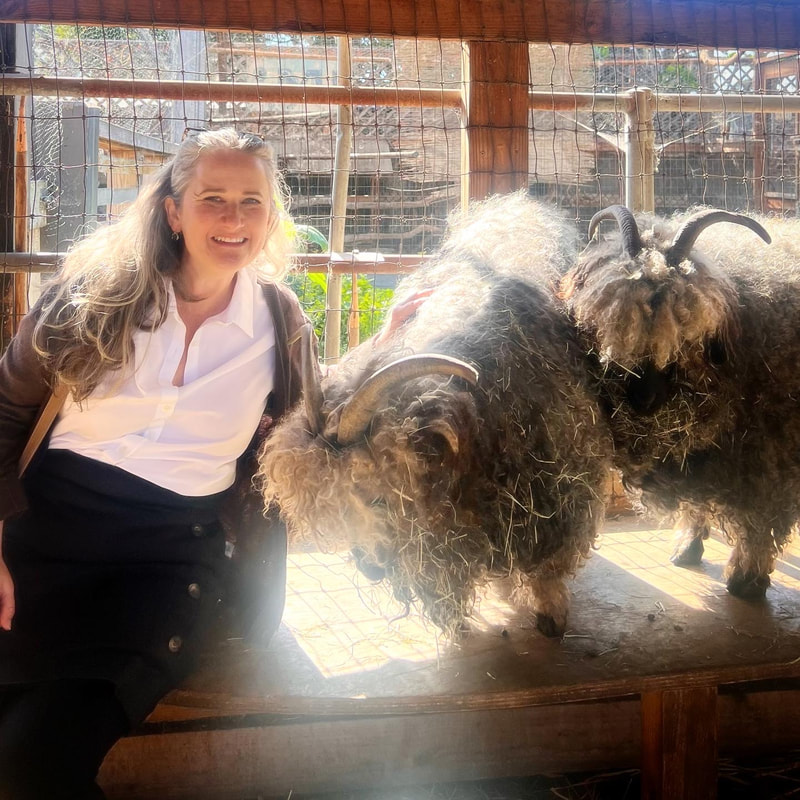
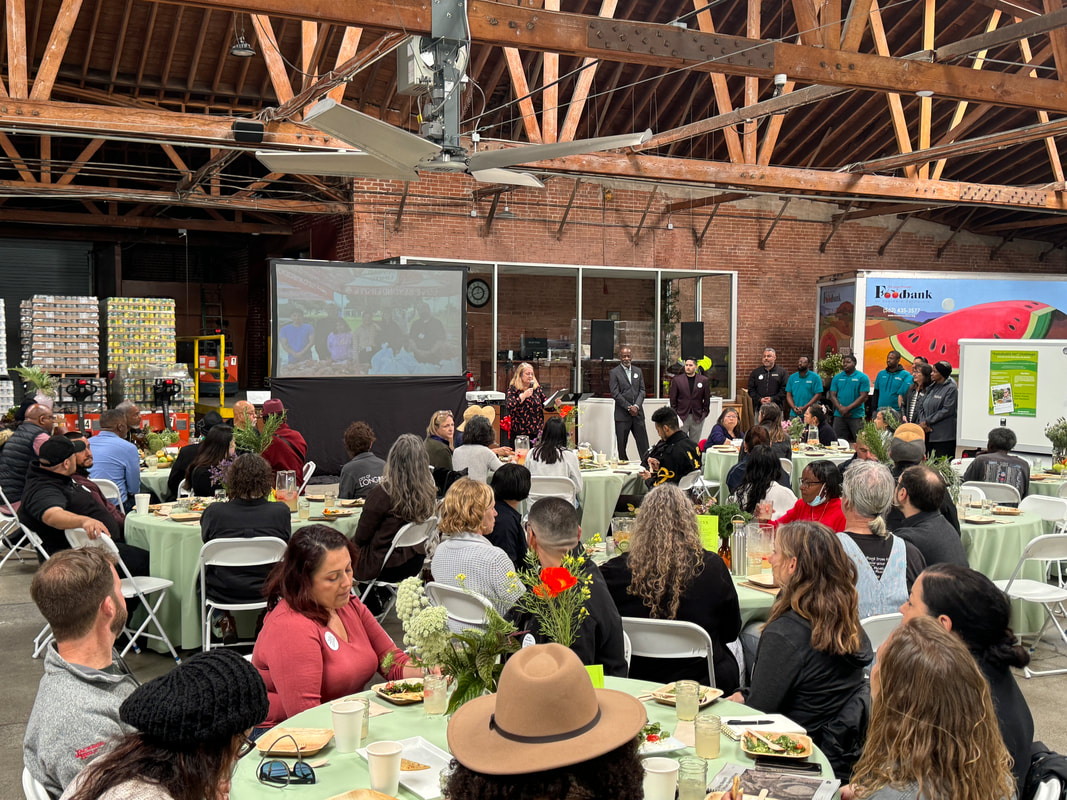
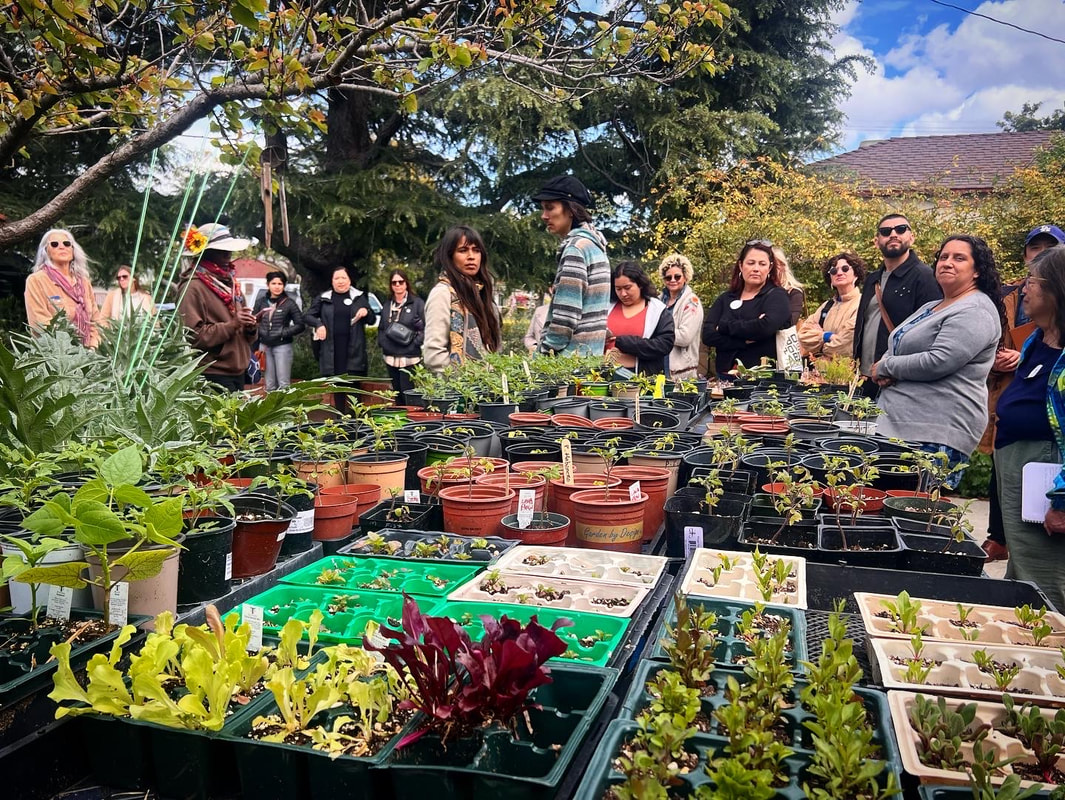
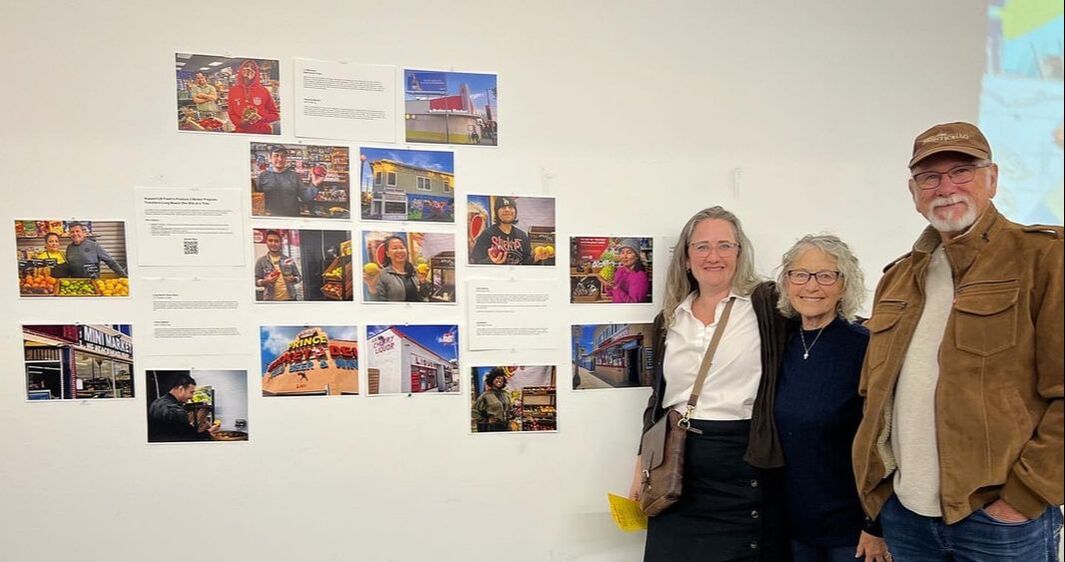
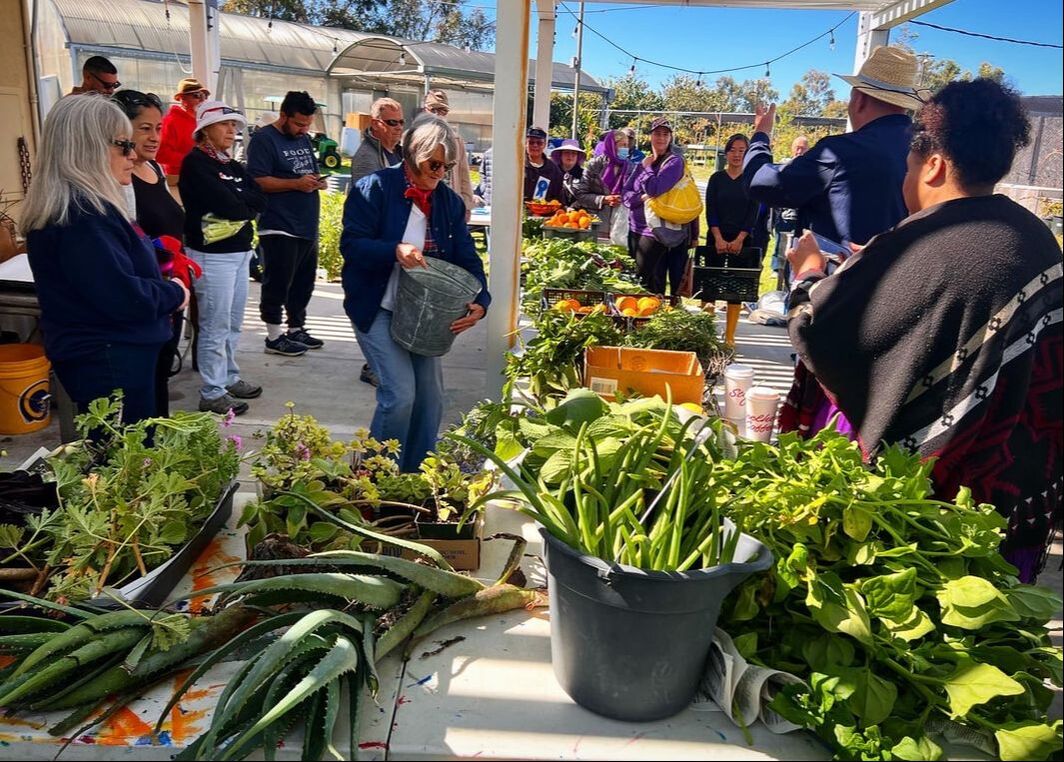
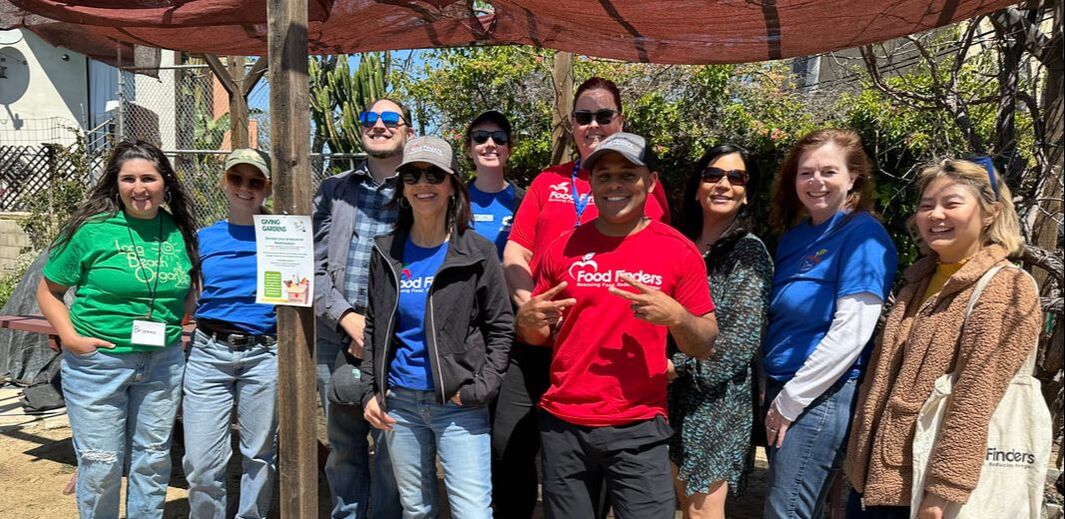
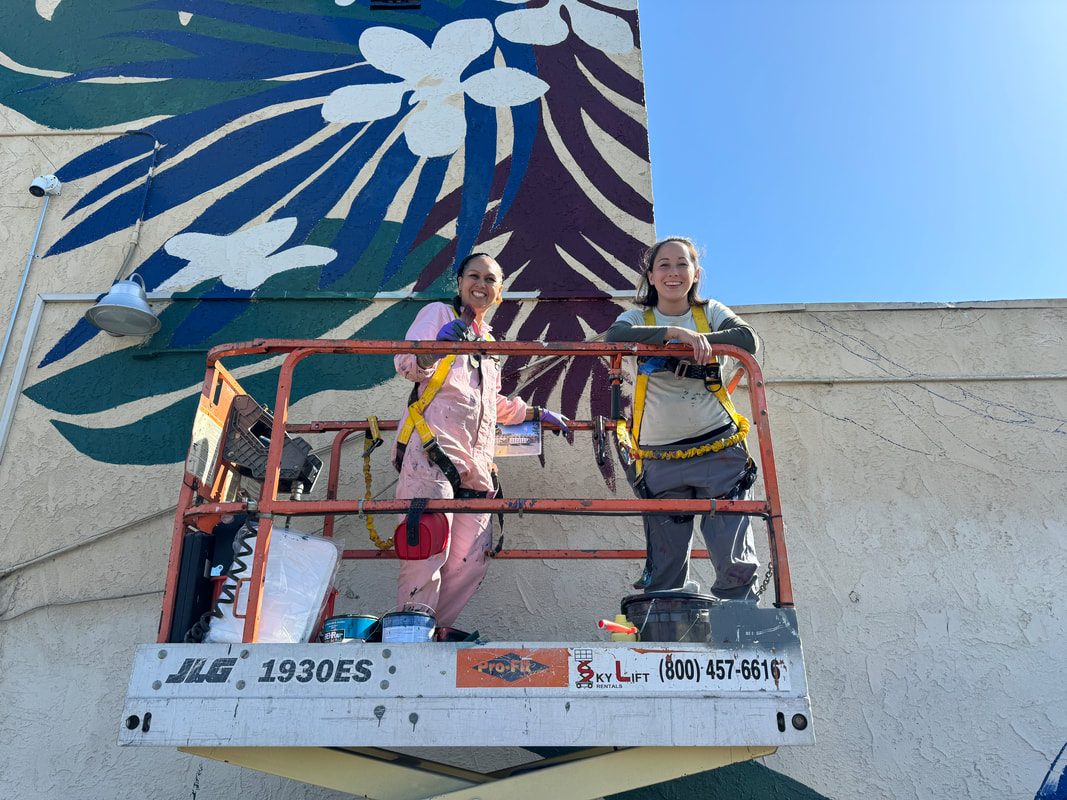
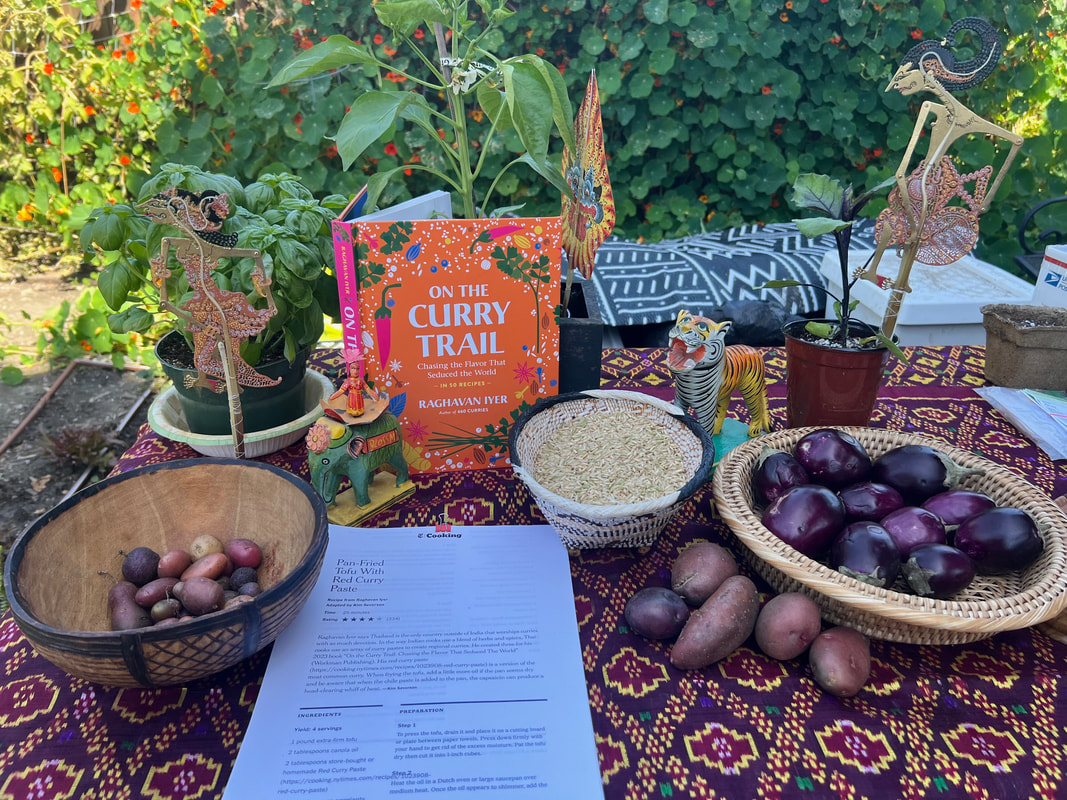
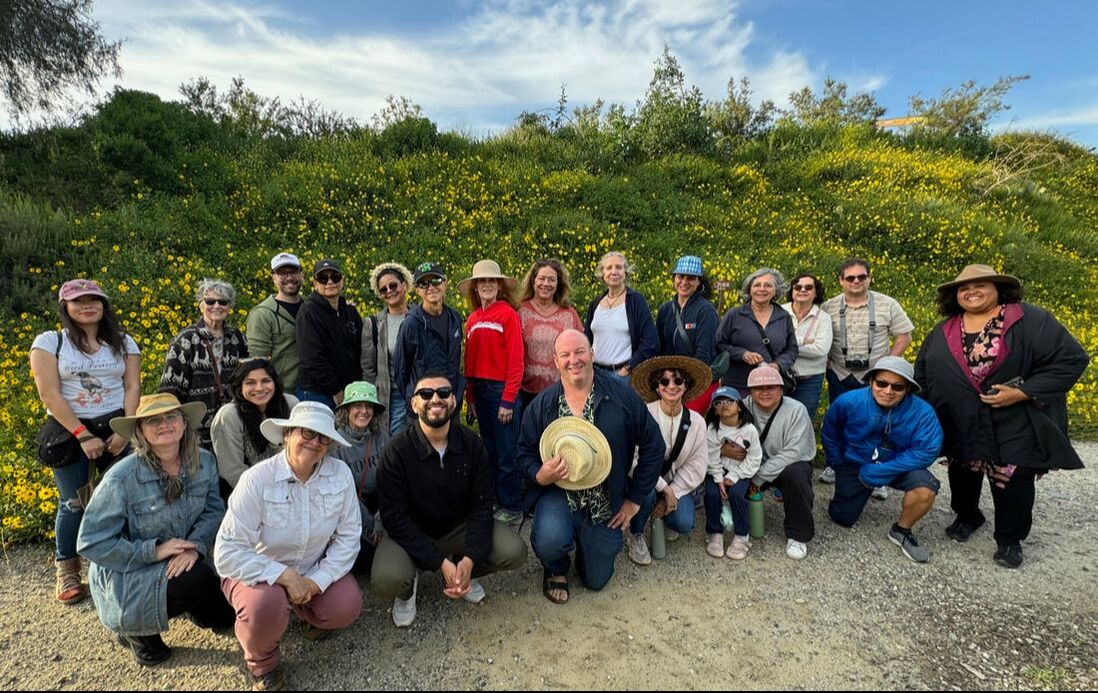
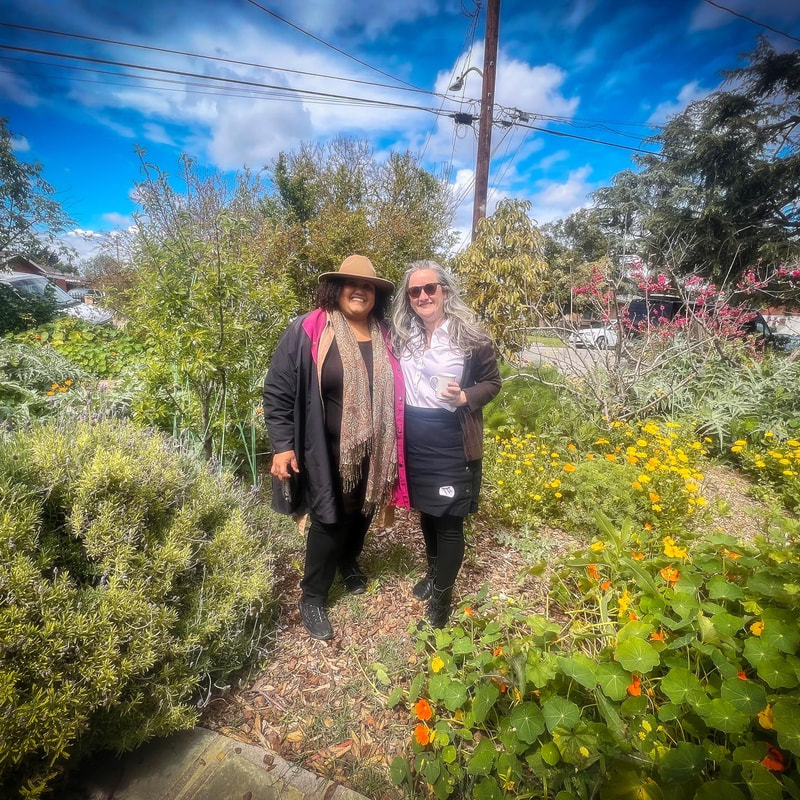
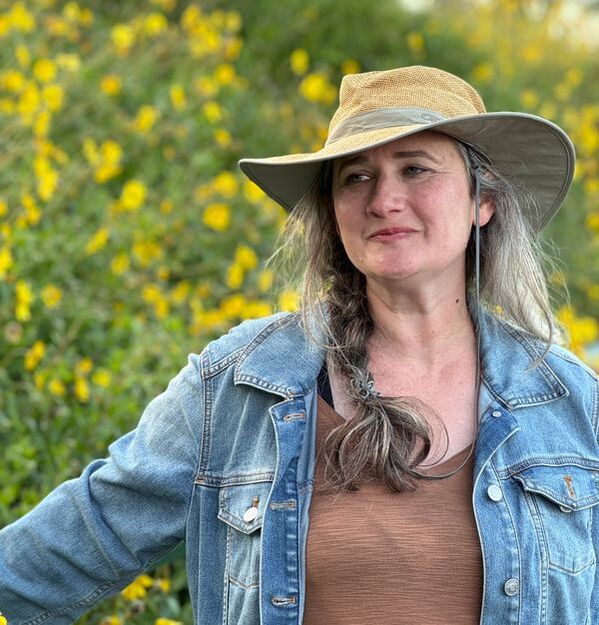
 RSS Feed
RSS Feed
